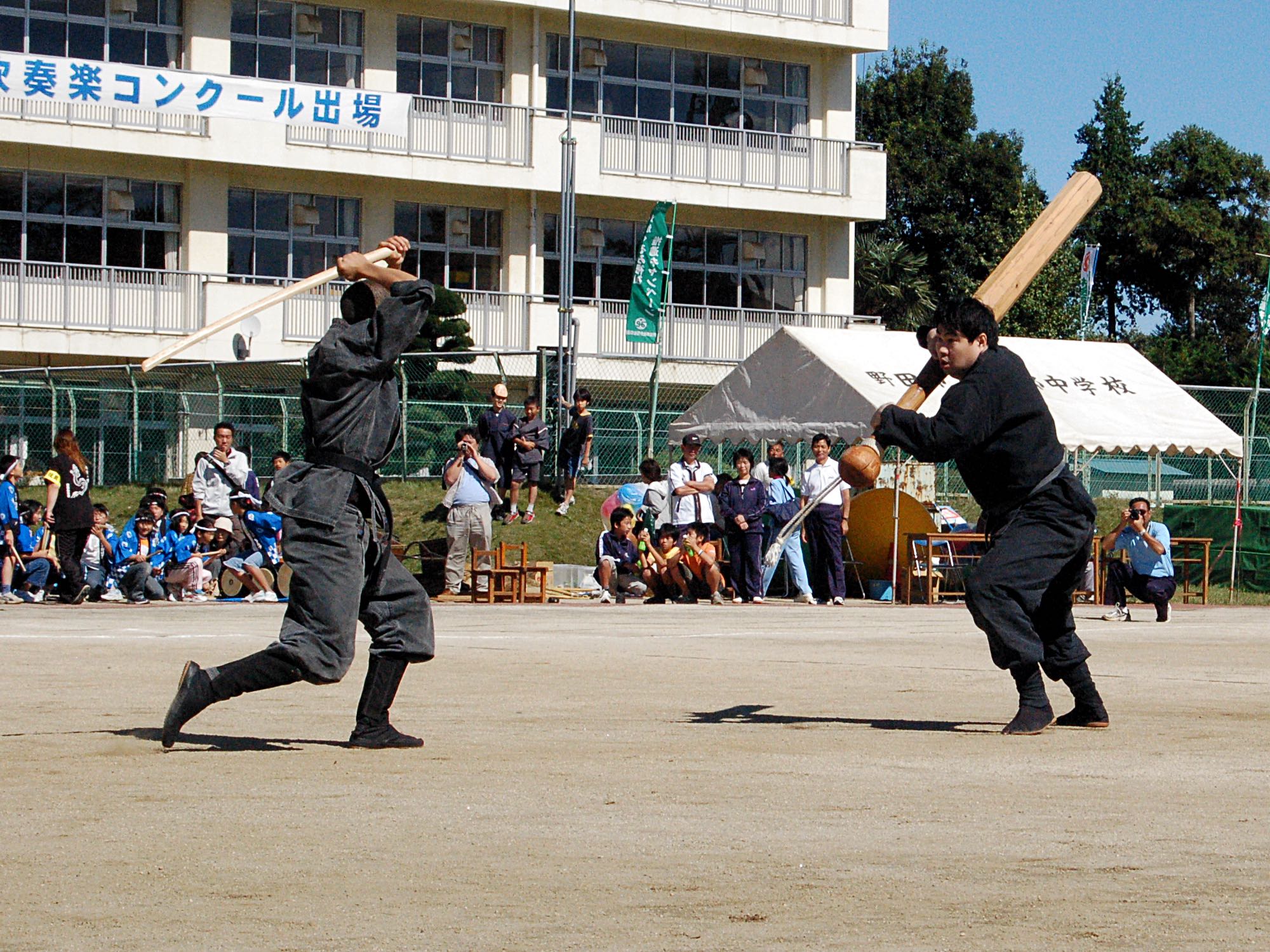Month: May 2015
-
Put Your Heart & Soul into Consistent Training
En text tagen från Facebook. Var artikeln publicerades först är just nu höljd i dunkel, men vi hittade den på Facebook. Det finns fler artiklar från Sôke, som förhoppningsvis läggs upp här. Vi behöver bara hitta dem i våra gömmor. In order to master any form of art, whether martial or aesthetic, consistent everyday training…
-
Grading Concepts
Ännu en text som är snodd från Facebook. Länk till texten: Grading Concepts Here are some of my views about ranking within the Bujinkan on a cold,windy and rainy winters day. Soke is beyond the trivial concept of ranks. He has spoken about ranking in regards to sports and budo many times over the…
-
Regler i Hombu Dojo
Mark Lithgow fick i uppdrag att berätta lite om etikett för dojos i allmänhet, men Hombu Dojo i synnerhet. Läs och begrunda! Länken till Facebook där detta är kopierat: https://www.facebook.com/mlithgow/posts/10153313662984044?fref=nf “To all my Bujinkan friends: I had a chat with Soke at his house last week regarding ‘dojo manners’, and he said that these…

